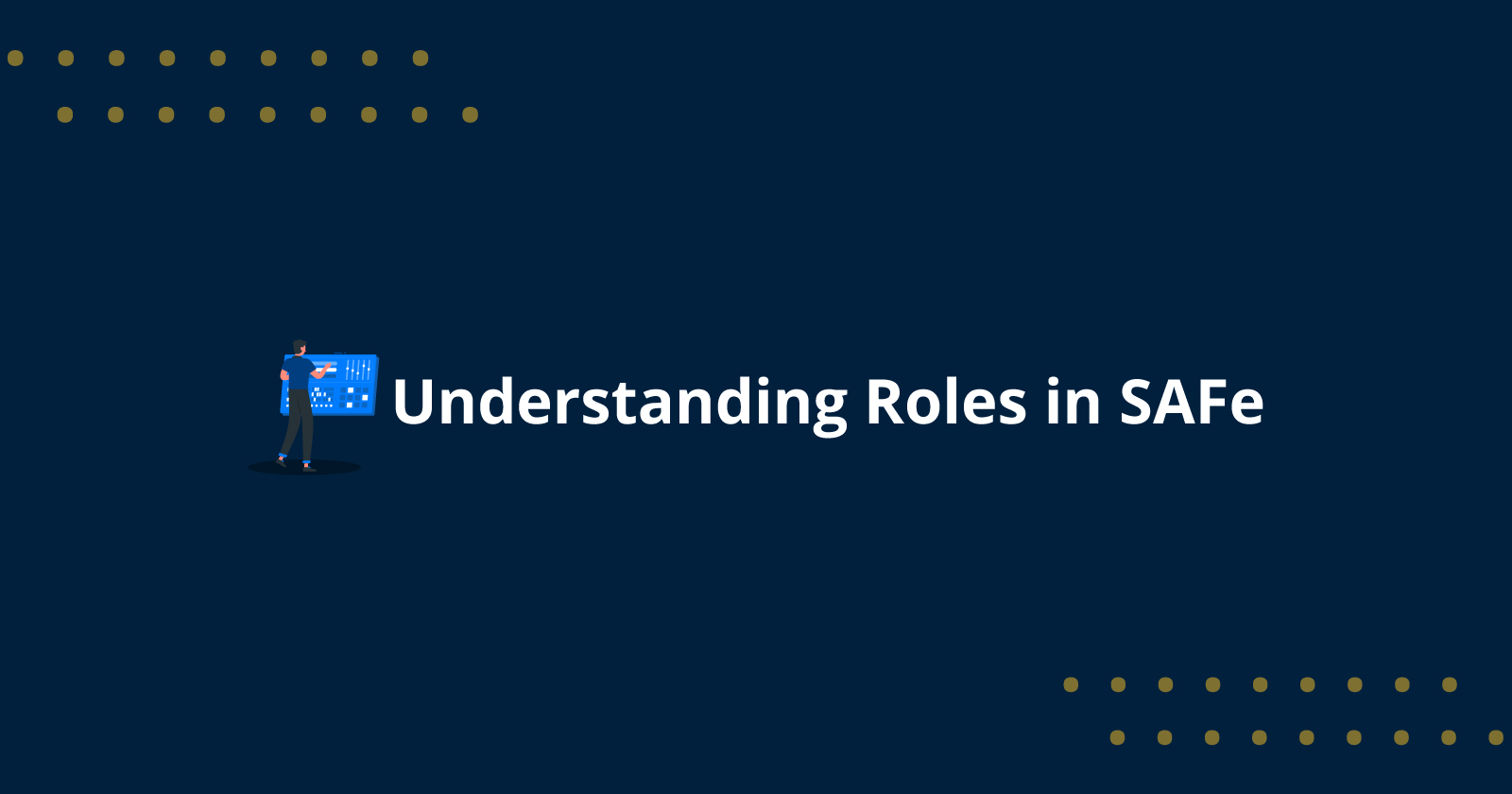The SAFe (Scaled Agile Framework) has become one of the go-to frameworks for organizations that implement Agile practices across multiple teams.SAFe is the key to success for various roles, such as collaboration, ensuring alignment, and delivering values at every level of the framework. The roles are divided across the team, portfolios, and programs. Each role is designed to optimize the workflow of Lean-Agile principles.
In this blog, let us explore the roles and responsibilities of SAFe-certified professionals in the different levels and how they drive success for the organization's growth.
Various Levels & Roles in SAFe
1. Team-Level Roles
At the team level, roles mainly focus on delivering high-quality work in a collaborative and iterative manner.
Scrum Master
TheScrumMaster also acts as the coach for the Agile team and the servant leader. The key responsibilities of this role are
- Removing distractions for the team's progress.
- Promoting Agile practices and continuous improvement.
- Promoting scrum ceremonies like daily stand-ups and sprint planning.
Product Owner (PO)
Theproduct owners are the voices of the customers and ensure that the team delivers values on time. The primary responsibilities of this role are
- Collaborating with stakeholders for the business needs.
- Managing and prioritizing the team backlog.
- Defining user stories with clear acceptance criteria.
Agile Team Members
They are also known as the cross-functional team members responsible for delivery values. Testers, UX designers, developers, and other specialists act as the Agile team members. The major responsibilities of this role include
- Collaborating with the team to deliver high-quality solutions.
- Participating in continuous integration, testing, and deployment.
- Committing to sprint goals.
2. Program Level Roles
At the program level, roles mainly focus on coordinating with multiple agile teams to work together as a part of Agile Release Train (ART).
Release Train Engineer (RTE)
The RTEs are often known as the Chief Scrum Master for the Agile Release Train (ART). These roles are mainly responsible for:
- Facilitating Program Increment (PI) Planning and ART events.
- Tracking program-level progress and dependencies.
- Encouraging collaboration across teams.
Know more aboutRelease Train Engineers.
Product Manager
They are responsible for defining and prioritizing the product backlog.Product managers' responsibilities also include:
- Collaborating with product owners and stakeholders to ensure value delivery.
- Aligning with business objectives and customer needs
- Maintaining a clear vision of the product and its roadmap.
System Architect/Engineer
The role is mainly focused on the technical vision and architecture of the system. The responsibilities include:
- Defining the system’s technical boundaries.
- Ensuring compliance with architectural principles.
- Supporting teams in implementing technical solutions.
3. Portfolio Level Roles
In the Portfolio levels, roles mainly focus on aligning SAFe practices with strategic business objectives.
Lean Portfolio Management (LPM)
This role is performed by leaders responsible for managing the portfolio. The major responsibilities includes:
- Aligning portfolio initiatives with business strategies.
- Funding value streams based on strategic priorities.
- Measuring outcomes and ensuring value delivery.
Enterprise Architect
The major duty of this role is ensuring portfolio-level technical decisions align with the organization’s overall architecture strategy. Their duties include:
- Providing guidance on technology investments.
- Defining architectural runway to support upcoming initiatives.
- Facilitating collaboration between technical stakeholders.
4. Leadership Roles
Leadership roles in SAFe make sure that organizations implement agile principles and support teams in delivering values.
Business Owners
Business owners are key stakeholders responsible for the value delivered by the ART. The major responsibilities include:
- Participating in PI Planning and aligning teams with business goals.
- Providing feedback during system demos.
- Prioritizing objectives to maximize value.
Lean-Agile Leaders
These leaders support Lean-Agile practices across the organization. They play a vital role in
- Promoting a culture of continuous improvement.
- Empowering teams to make decisions.
- Ensuring alignment between strategy and execution.
Also, check:Which SAFe course is right for you?
Conclusion
Each role in the SAFe framework has different goals for delivering values efficiently and effectively. From team-level roles to leadership and architect roles, foster collaboration, adaptability, and alignment. Moreover, they are responsible for scaling agile practices successfully to drive organizational growth in the fast-growing landscape.
By understanding these roles, individuals and organizations can maximize the benefits of SAFe. If you want to enroll yourself with SAFe certification, then choose Simpliaxis. Simpliaxis’sSAFe courses will help you in driving innovation and delivering exceptional results for organizations as well as individuals.
















